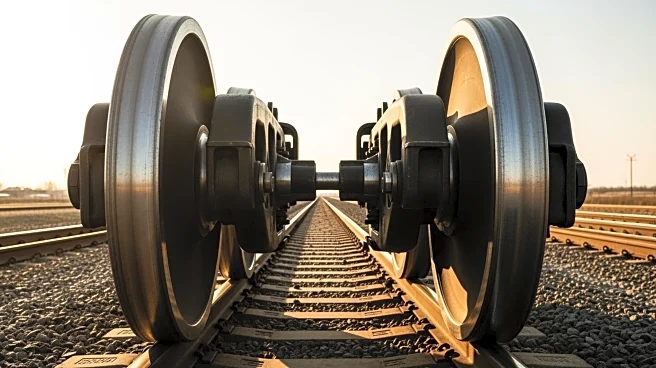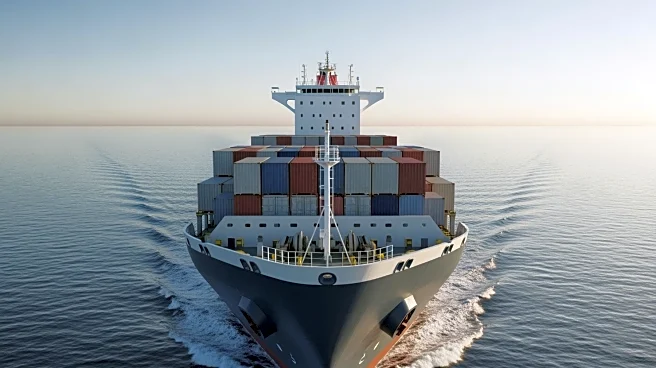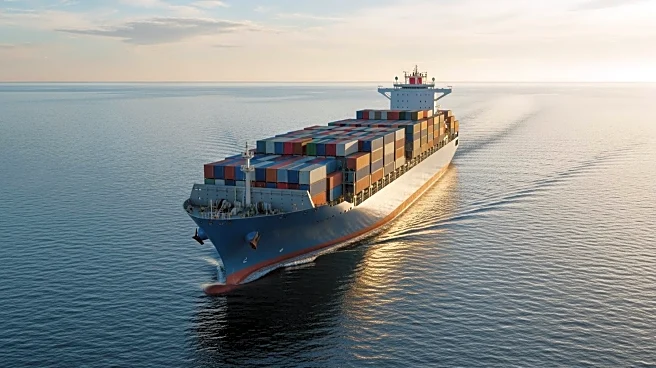What's Happening?
Shareholders of Union Pacific and Norfolk Southern have overwhelmingly supported an $85 billion merger to create the first coast-to-coast rail network in the United States. Approximately 99% of shareholders
from both companies voted in favor of the merger, which aims to link Union Pacific's extensive rail network in the West with Norfolk Southern's rails in the East. The merger promises to streamline deliveries of raw materials and goods nationwide by eliminating delays during handoffs between railroads. However, the merger still requires approval from the U.S. Surface Transportation Board (STB), which will scrutinize the deal to ensure it meets high standards for competition and service reliability. Concerns have been raised by chemical manufacturers and competing railroad BNSF about potential negative impacts on competition and rates.
Why It's Important?
The merger is significant as it could reshape the U.S. rail industry by creating a vast network covering 43 states and connecting major ports on both coasts. This could enhance service efficiency and growth opportunities for the railroads involved. However, there are concerns about market concentration and potential increases in shipping costs, which could affect American manufacturers' competitiveness. The merger's approval could set a precedent for future consolidations in the industry, impacting competition and pricing structures. Stakeholders, including a group of nine Republican attorneys general and 18 U.S. senators, have urged the STB to thoroughly review the merger's implications.
What's Next?
The formal merger application is expected to be filed by late November or early December, initiating a lengthy review process by the STB. The board will assess whether the merger meets the established criteria for railroad deals, considering past industry consolidations that led to traffic snarls. If approved, the merger could prompt other major railroads, like CSX, to seek merger partners to remain competitive. The STB's decision will be closely watched by industry stakeholders and could influence future regulatory approaches to rail mergers.
Beyond the Headlines
The merger could have broader implications for the U.S. transportation infrastructure, potentially influencing logistics and supply chain dynamics. It may also affect labor relations within the rail industry, as unions and employees adjust to the new operational landscape. Additionally, the merger could impact environmental considerations, as streamlined rail operations might reduce emissions associated with transportation delays.













